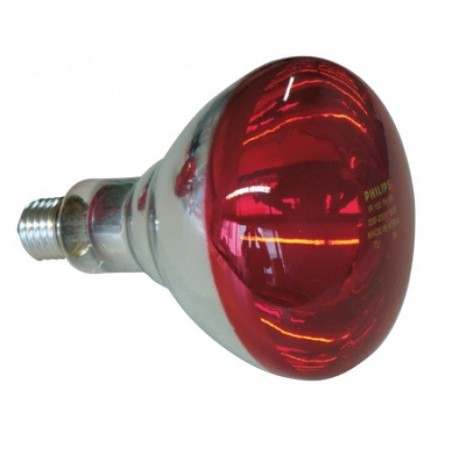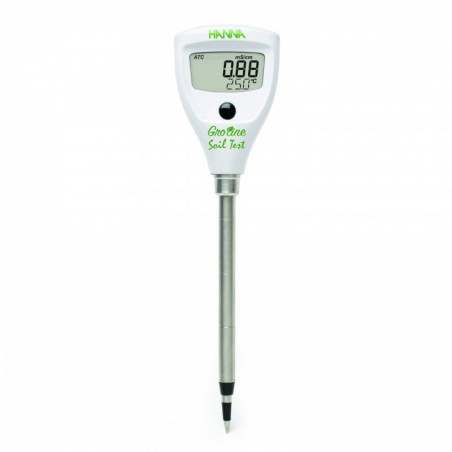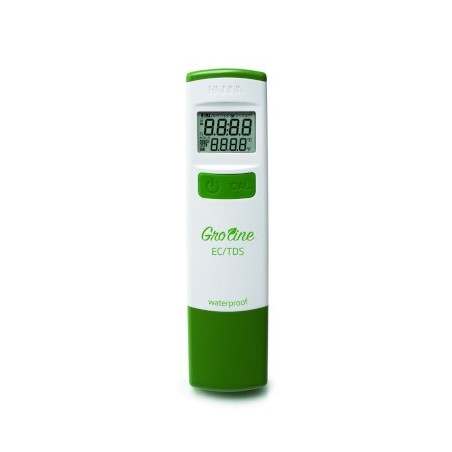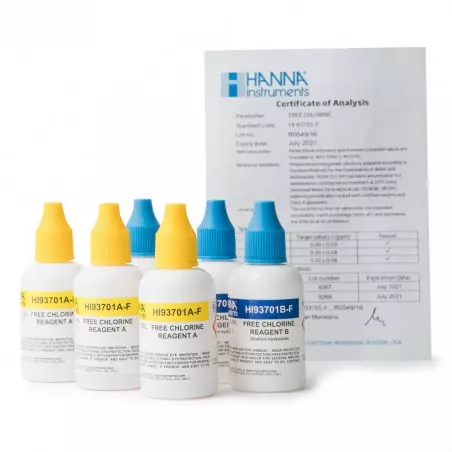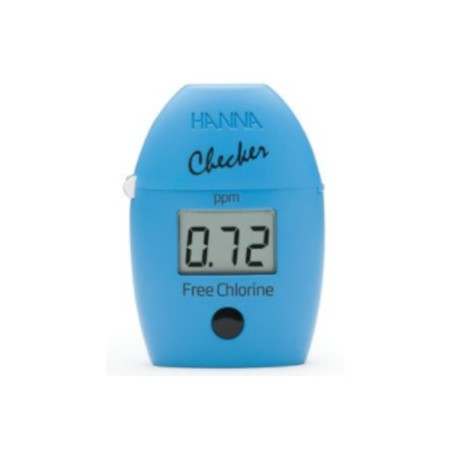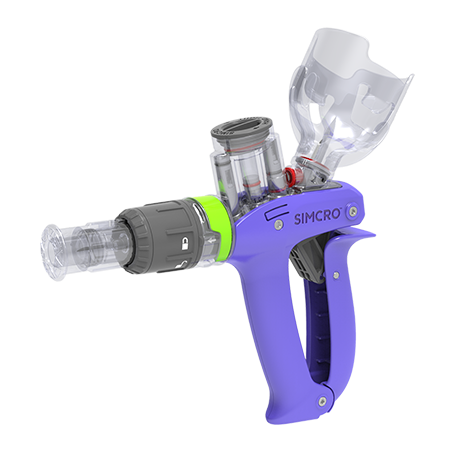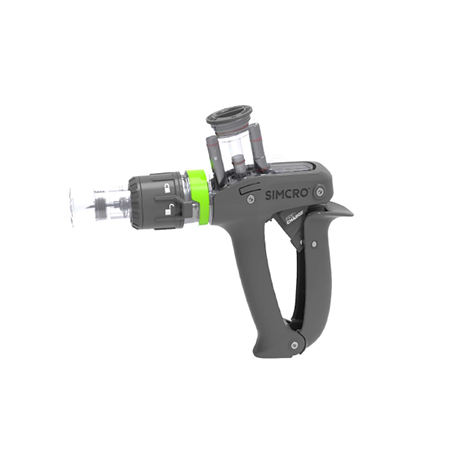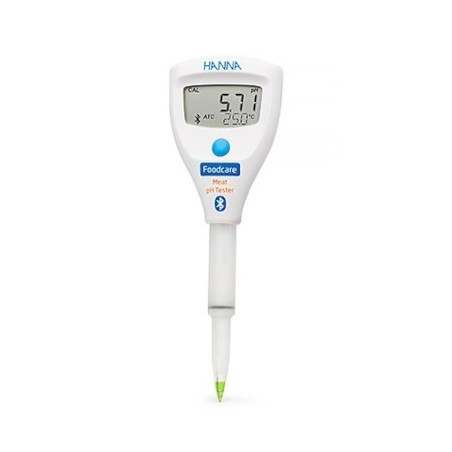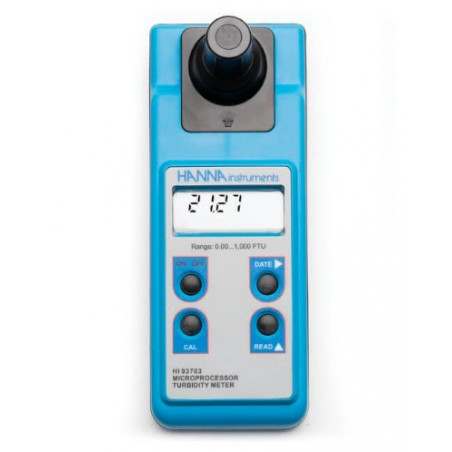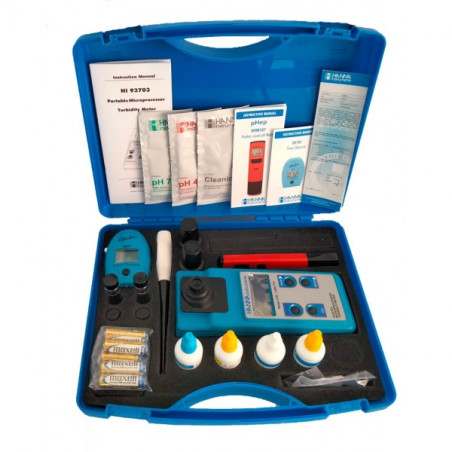The environment
Post-weaning diarrhea cannot be prevented if piglets do not have a suitable environment.
For Gielen, the formula is easy: "Two degrees higher than in the farrowing room. There are farms where the farrowing rooms are always very warm (24-25°C) and on other farms, especially those that use nests for piglets, they manage to work with lower temperatures (22°C). Therefore, in practice, the appropriate weaning temperature will be between 26-30°C, depending on how temperatures are managed in farrowing. In rooms with heated floors, you can reduce the room temperature by two degrees. However, the most important thing is to observe the behavior of the animals. How do they lie? Are they huddled up, on their belly, on their side? They will tell you about their thermal comfort" (Image 1).

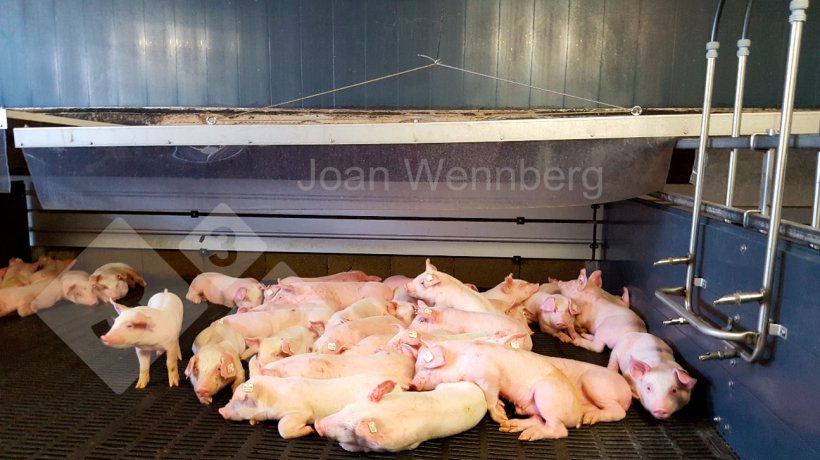
García tells us that he aims for the room to be 26-27°C. That may not be enough for the smallest piglet, so you can supplement with an infrared lamp, chopped straw, or paper like the kind used in farrowing.
He tells us how important it is to control the temperature effectively, which is why they have implemented the widespread use of thermographs. Some of them work in real time, continuously providing data and creating alerts, which the farmer and the technician responsible for the farm can receive on their cell phones. For others, the data is stored on the farm and is received on the cell phone when entering the farm. In this case it is not real time information, but it allows them to see changes in the environment over the last few days and, therefore, helps to interpret what is happening with the animals.
Water quality and acidification
It goes without saying that controlled and good quality water is an indispensable element for weaning if we have problems with diarrhea.
García: In our company we perform at least two water checks per year. This includes a basic microbiological and chemical analysis when the source of the water is "low risk." When the water source is worse, the analyses are more comprehensive and more frequent (table 1).
Table 1. Microbiological and basic chemical analyses such as the one shown should be performed at least twice a year.
| Parameter analyzed | Result | Units |
|---|---|---|
| Aerobes at 22ºC | 100 | CFU/ml |
| Clostridium perfringens | 0 | CFU/100 ml |
| Total coliforms | 1 | CFU/100 ml |
| Enterococci | >300 | CFU/100 ml |
| Escherichia coli | 0 | CFU/100 ml |
| Pseudomonas aeruginosa | Absent in 250 ml | |
| Turbidity | 1 | NTU |
| Nitrates | 5 | mg/l |
| Nitrites | 0.1 | mg/l |
| Conductivity | 54.7 | μS/cm |
| Ammonium | 0.06 | mg/l |
| Average pH | 6.7 | pH |
García also explains that they routinely use organic acids in the water. They are used throughout weaning and it is already an added cost that is incorporated into the cost of the piglet. The objective is to reduce the pH to 4.5 - 5. He says that they have even worked with a lower pH (pH<4.5) but these conditions facilitate the proliferation of acidophilic yeasts in the pipes, which generate mucus and clog the pipes. This work is completed with routine controls of pH and free chlorine at the end of the line.
Gielen does not consider it necessary to acidify water "routinely." For him, it is only an occasional resource used on very specific farms. The focus should be to ensure that the design of the water system allows a good water quality and intake. On the other hand, he explains that in the Netherlands the use of fermented feed on farms with recurrent problems has been very successful. It is clear that by fermenting the feed you are also "acidifying" it, but it has other additional properties such as probiotic bacteria, etc.
However, this type of feeding requires very good hygienic conditions. Otherwise, the result can be disastrous.
Use of biologics
The presence of highly pathogenic E. coli is associated with farms that have a high prevalence of rotavirus in the farrowing room and even in weaning. There will always be farms that, due to their particular pathology conditions, will have more problems than others.
According to García, the use of biologics for the prevention of colibacillary diarrhea will be a tool to consider on these farms. In fact, he explains they are already being considered, even with the use of zinc oxide. That is why he foresees that their use will become more widespread.
Gielen tells us they are not widely used in the Netherlands, although he believes this has more to do with their price than effectiveness.
We will conclude these three articles with the authors' final impressions.
García explains, "In our company we are working with the projection that 40% of the farms will adapt to feed without zinc oxide without many issues. Another 40% will have to review all the factors using the 90-point checklist that we have designed, and correct certain aspects that are detected. And finally, there will be 20% of farms that will have real difficulties due to more structural problems of facilities, poor quality piglets, or generalized sanitary problems such as PRRS".
In the three articles we have discussed the different factors needed to minimize weaning problems without zinc oxide. We asked Gielen to summarize the three most critical aspects. He has no doubts: First, get piglets to have an adequate feed intake in the farrowing room; second, ensure that the weaning room is prepared for the piglets, i.e. clean, dry, and warm; and finally, take care of the weaned piglets with all that this implies in terms of encouraging them to eat and drink, temperature control, etc. during the 48 hours post-weaning.





